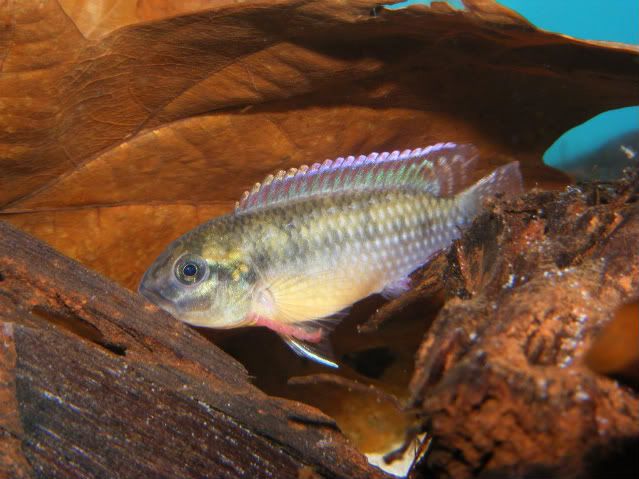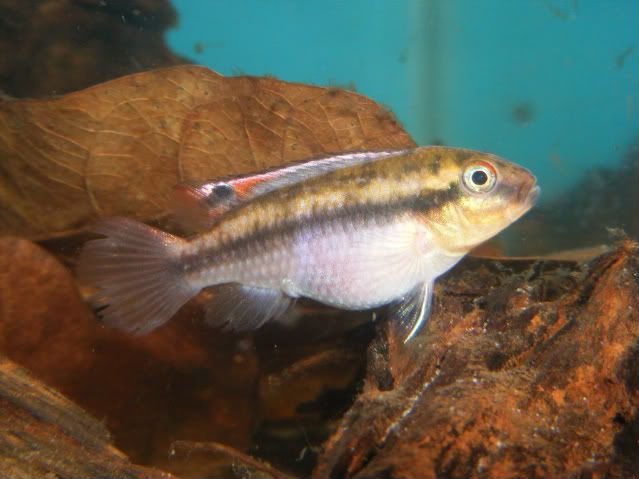- Messages
- 89
- Location
- Paris, France
The Tsuhapa locality can be added to the ones mentioned by Randall for C. sabinae.
BTW Hi Randall . Do you still have the pics of P. taeniatus I had sent to you about one year ago for the website?
. Do you still have the pics of P. taeniatus I had sent to you about one year ago for the website?
BTW Hi Randall



